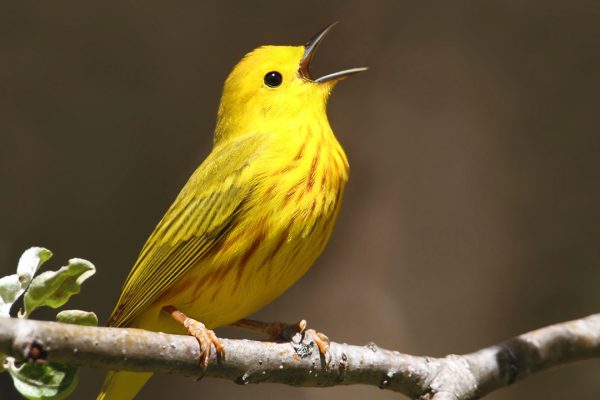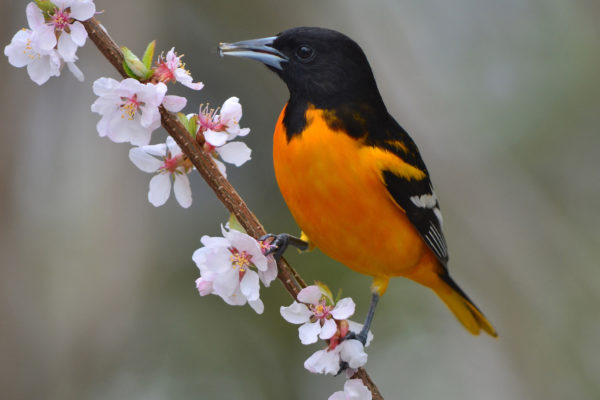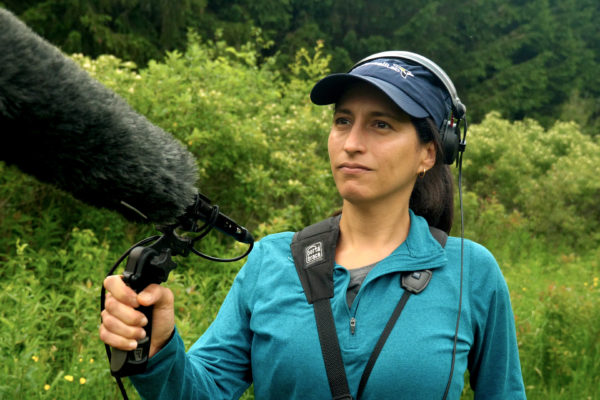The American Woodcock Takes Center Stage
The American Woodcock Takes Center Stage
That’s right, this sound is an American Woodcock! Each spring, the American Woodcock turns quiet clearings into natural stages. With nasal peent calls and skyward spirals, this plump, ground-dwelling bird puts on one of the season’s most memorable displays.

Meet the Star
American Woodcock
Scolopax minor
Also known as Timberdoodle, Bog Sucker, and Night Partridge
Winner of “Funniest Bird Call” in the @cornellbirds Bird Grammys

Resembling a pile of dead leaves with its mottled browns and buff, the American Woodcock blends perfectly into the forest floor of early spring. But it is a true standout in other ways. Its wide-set eyes give it nearly 360-degree vision, its flexible bill is ideal for worm-hunting, and its spring display is quirky, spectacular, and one of a kind.
The Woodcock’s Theater
Look for open areas like forest clearings, shrubby fields, or meadows with sparse ground cover to spot this courtship display. The setting is best at dusk or dawn, when low light sets the scene. To find their “stage”, listen carefully for the peent sound.
The courtship performance follows the same pattern every time and woodcocks are loyal to their “theater,” so you can see them regularly in the same spot each spring.
About the Show
A woodcock’s display includes distinct phases and sounds, so distinct they have different names! Here is a rundown of the “show.”
The “Peent”
The show starts with a nasal, buzzy ground call—repeated steadily during display. It can be so regular it sounds like a machine. Use this sound to find the bird. That’s the stage.
The “Chirp”
After the peent, the bird spirals up to 300 ft high into the air while making chirping sounds.
The “Wing Twitter”
The woodcock makes rapid, melodic twitters mid-air during its descent to the exact spot where it started. These nonvocal sounds are made as air passes through specialized feathers during flight.
The “Cackle”
These fast ca-ca-ca-ca noises are made during territorial interactions.
If it sounds like a bug zapper coming from the woods, don’t be fooled—it might just be a Timberdoodle!
Watch the Show!
This video captures perfectly the experience of watching a woodcock perform its display.
If you are lucky enough to see an American Woodcock during the day, watch as they walk and slowly rock their bodies, keeping their heads still. It’s possible this dance-like movement encourages earthworms to shift underground, making them easier to detect—but woodcocks do this silly walk when they are not foraging. Its true purpose is still a mystery.
Learn more about the American Woodcock on All About Birds.
If you’re inspired by birds and their sounds, consider learning more with these self-paced online courses.


